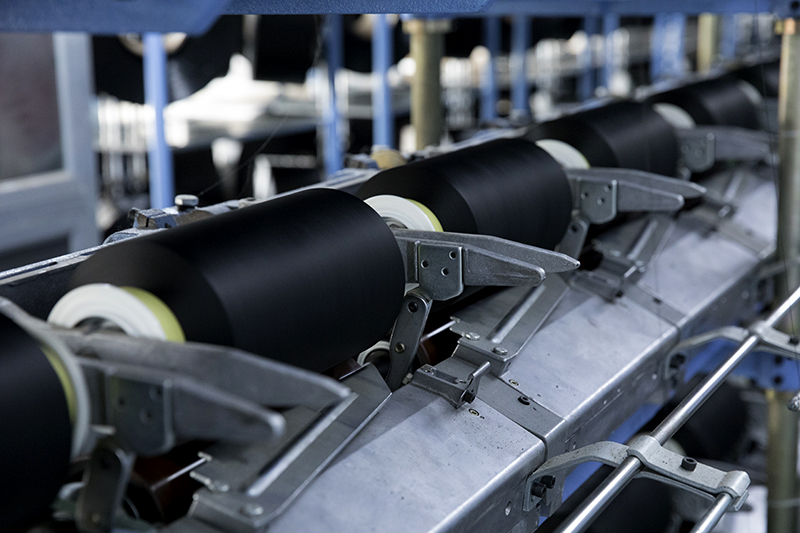Navy/Grey 150D/36F DTY Yarn 99.99% Polyester Anti-pilling Yarn for Sewing Materi...
See DetailsElectronic yarn clearer is the last pass to reduce yarn defects and ensure yarn quality. The setting of the process parameters of the electronic clearer not only affects the final quality of the yarn, but also a direct factor affecting the production efficiency of the winder. Therefore, the setting of the process parameters of the yarn clearer should comprehensively consider the quality requirements of the user, the quality of the original yarn, and the production. Factors such as efficiency, set the clearing curve reasonably.
Because the electronic yarn clearer still has the problem of removal efficiency, the removal efficiency of the electronic yarn clearer is different, generally around 85%, that is to say, even if we set the process parameters of the electronic yarn clearer to each clearer With the sensitivity of the yarn stall, it is impossible to remove all yarn defects on the yarn. The more yarn defects on the original yarn, the more yarn defects left on the finished yarn after clearing by the electronic yarn clearer. Therefore, controlling the effect of yarn defects on the knitted fabric surface should mainly start with reducing the defects on the original yarn. The idea of completely placing hope on the electric cleaning is not desirable.
Evaluate the weaving effect of knitting yarn on fabric with DR% value
1. The meaning of DR% value
The meaning of the DR% value is the percentage of the total test length that the sum of the length of the line segment of the unevenness curve exceeding the threshold of the average value in the set reference length range. The design reference length range of the evenness meter is 0~999cm, and the setting threshold range is 1%~98%. The DR% value of the yarn directly reflects the unevenness of the thickness of the yarn within a certain range and the total length of the thickness and details that exceed a certain amplitude, because the fabric is visually inspected, only the thickness unevenness that exceeds a certain length and amplitude. It has an effect on the appearance of the fabric. Therefore, the DR% value is more intuitive in characterizing the influence of a certain amplitude of coarse details on the fabric than the evenness tester and the yarn defect tester using the number of coarse details to characterize the yarn. The% value also has a higher correlation with the appearance evaluation of the fabric.

2. DR% value detection setting
Since the DR% value has a strong correlation with the appearance quality of the knitted fabric surface, in addition to monitoring the conventional quality test items, the evenness meter can be used to detect the function of different threshold DR% values. It is necessary to monitor the DR% value of the reference length and threshold to evaluate the fabric effect of the knitted fabric after the yarn is knitted.
Due to different customers and different types of knitted fabrics, the quality of the fabric surface has different requirements for the DR% value of the yarn. Therefore, the cotton yarn manufacturer must establish the corresponding DR% value benchmark length and door according to the product variety and quality requirements of their customers. Control indicators for limit values.
Reasonable control of yarn thickness and details according to yarn DR% value
The detection value of the DR% value (±20%, 0.01m) contains three parts, namely, the occasional coarse details that exceed the threshold set by the test, the frequent coarse details, and the non-incidental coarse details and frequent details. For the rough details of the rough details, the specific distribution is shown in the figure below:
Through calculation and analysis, we can take corresponding technical measures to control product quality in a more targeted manner according to the distribution of different coarse details contained in the DR% value (±20%, 0.01m) value: occasional yarn defects The higher control measures, when there are many occasional yarn defects, causing the DR% value (±20%, 0.01m) to be too large, the control should be strengthened mainly from the aspects of raw materials, drafting technology, and operation management. The causes of occasional yarn defects are different, and the level of yarn defects is also different.